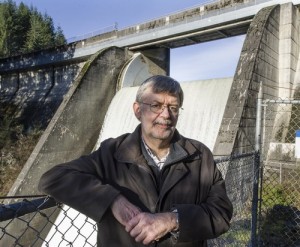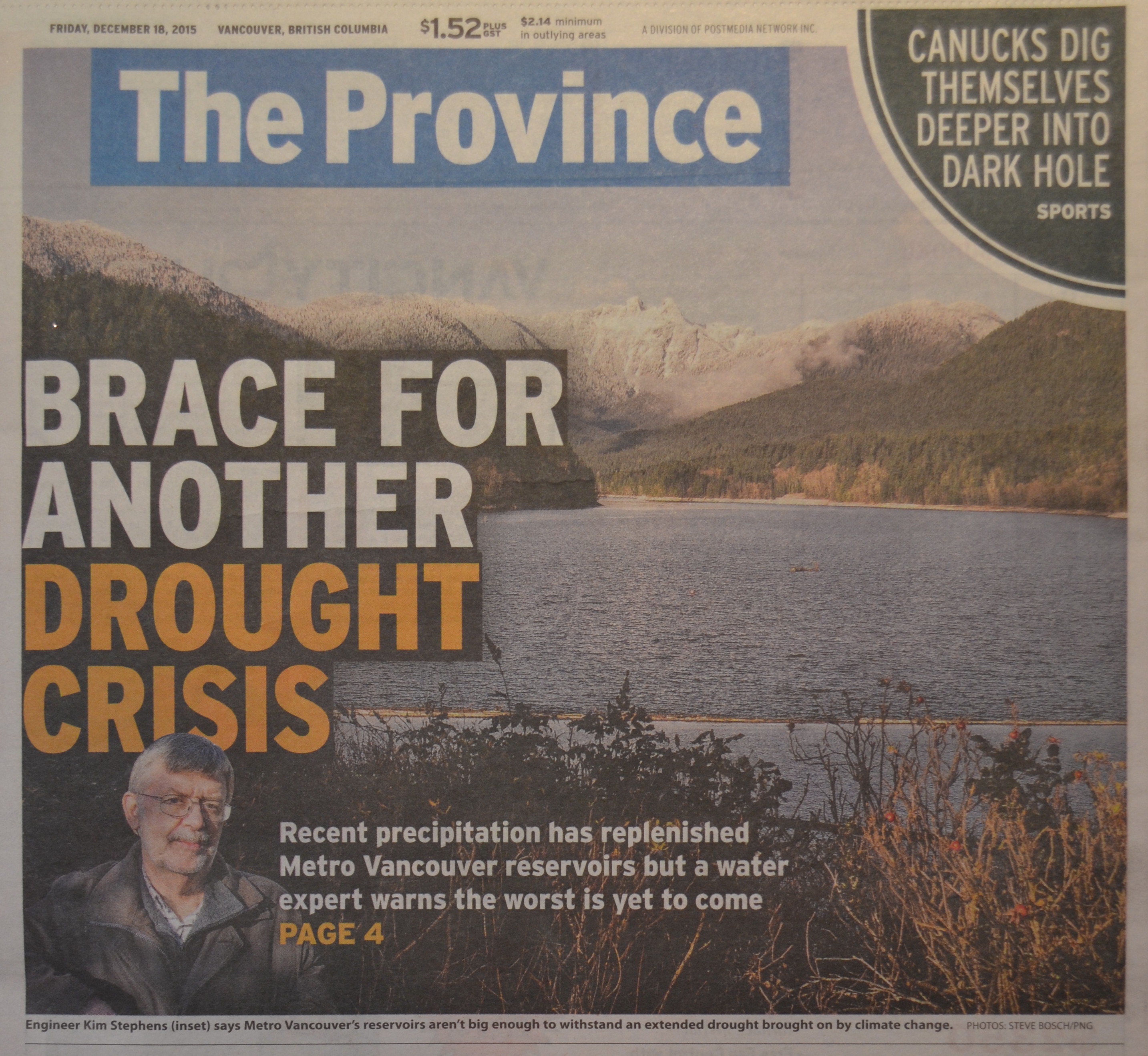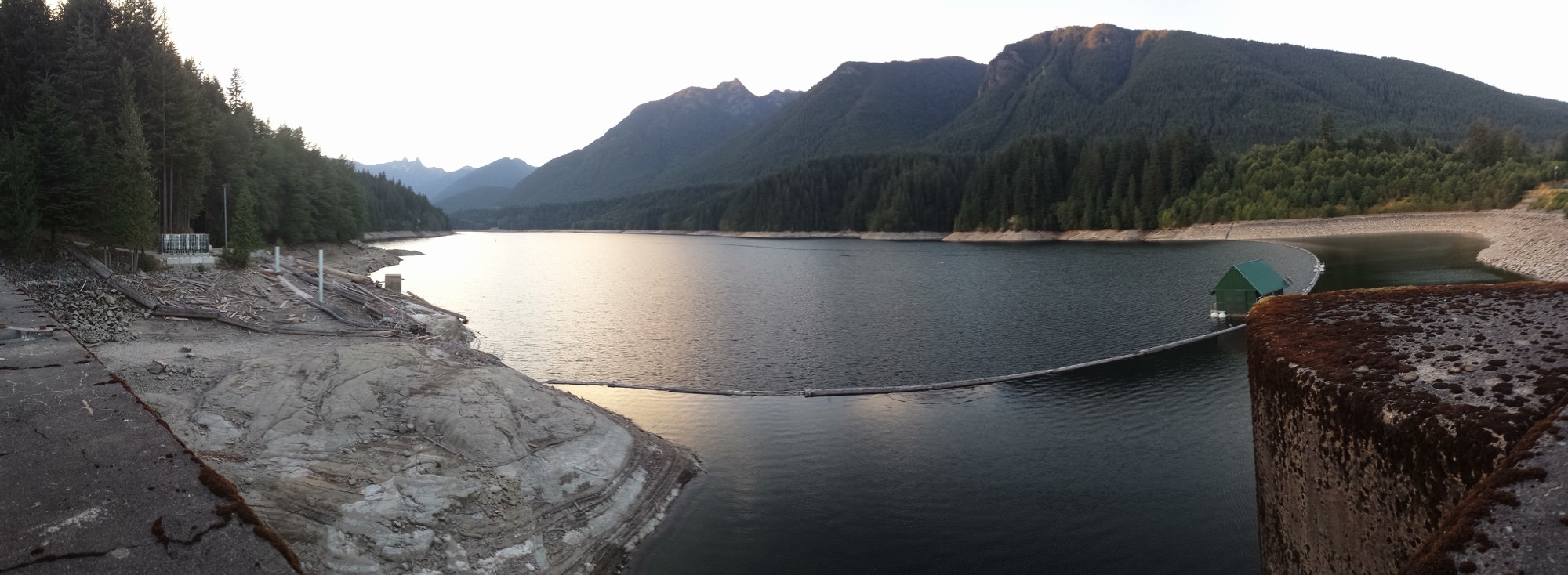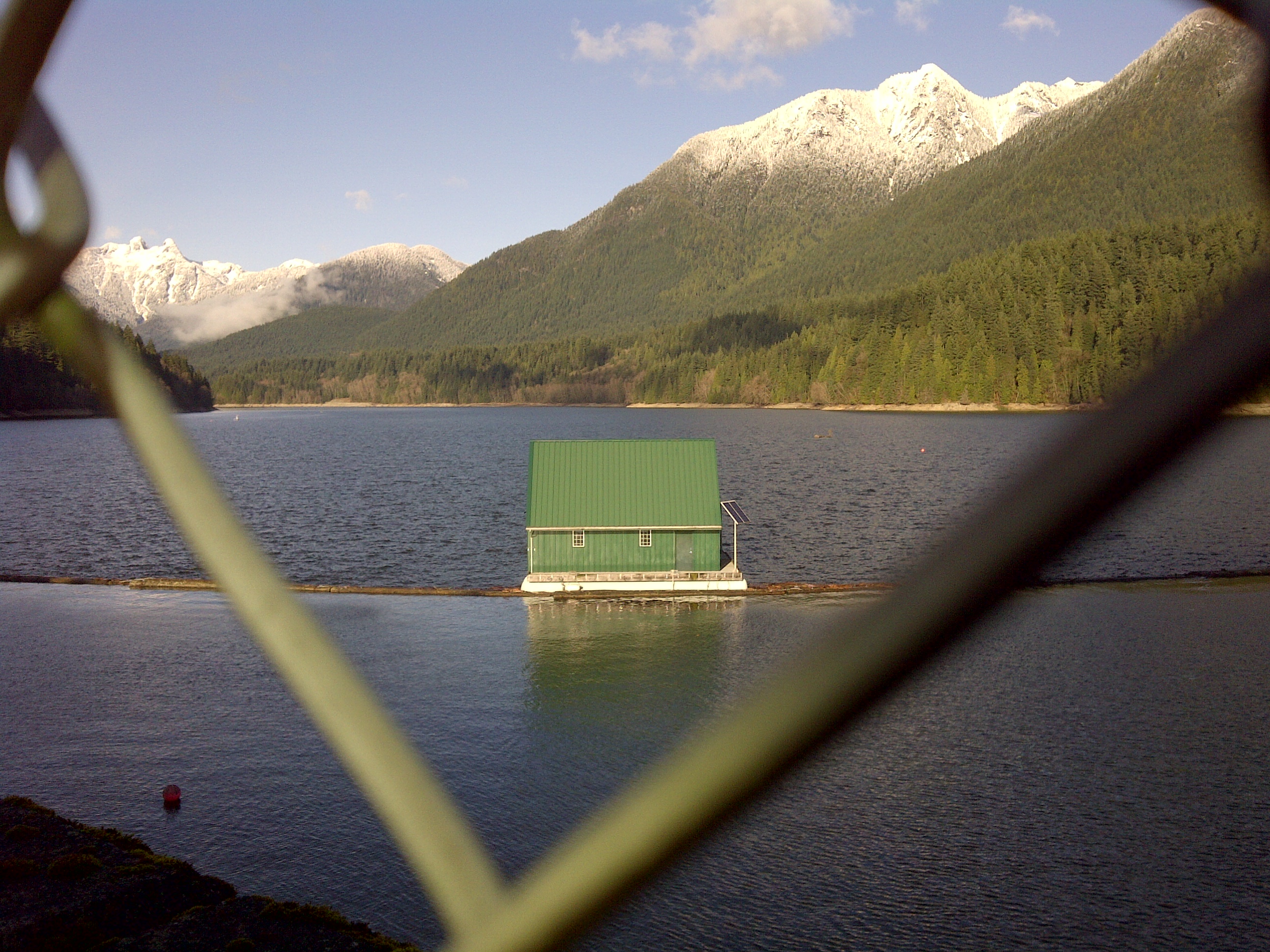Reflections on the 2015 Drought: “In engineering terms, in BC we have small margins of safety for water storage and therefore limited resiliency to adapt,” says the Partnership for Water Sustainability’s Kim Stephens
Experts Sound Warning That Citizens Should Expect and Prepare for Another Crisis in 2016
“Despite the current deluge of rain and snow, Vancouverites could well be facing another drought crisis this summer,” wrote Kent Spencer in a front-page story published by The Province newspaper on December 18, 2015. The article draws on the exerience of four British Columbians:
- Kim Stephens, Executive Director, Partnership for Water Sustainability in British Columbia
- Ken Ashley, Director, Rivers Institute at the BC Institute of Technology
- Peter Luckham, Chair, Islands Trust Council
- Ross Davies, educator at the Bell-Irving fish hatchery in Maple Ridge
The years in which the region has experienced supply challenges are years in which lake water levels had drawn down prematurely due to an early snowmelt in combination with warm weather.
Impact of a Changing Climate on
Storage-Constrained Systems
“In other regions, notably California, they think of droughts in terms of number of years. In the Georgia Basin (Southwest BC), we measure droughts in terms of number of months,” says Kim Stephens. “As we have increasingly experienced in recent decades, three months versus either four or five months of essentially rain-free weather makes a material difference from a water supply perspective.”
“The reason is that we are storage-constrained in BC. The province is 85% mountainous. There are relatively few locations to provide seasonal storage. We are not  able to store what we need. As a result, we are vulnerable unless we are water-wise.”
able to store what we need. As a result, we are vulnerable unless we are water-wise.”
“Another difference between BC and other regions is scale. Yes, the province is a large land mass. But our sources of water supply are comparatively small-scale. In other regions, such as Alberta, they typically draw their water supply from major watershed systems such as the Bow River.”
“In the Georgia Basin and elsewhere in BC, we generally rely on relatively small tributary systems. Metro Vancouver’s Capilano and Seymour watersheds are not particularly ‘large’ systems. In engineering terms, in BC we have small margins of safety in the event of extreme occurrences such as the 2015 drought. This means water storage systems have limited resiliency to adapt to a changing climate.”
“The drought of 1987 is literally a watershed year. Something changed. In the past three decades, we have been experiencing drought periods of up to five months. In 2015, we were on track for an unprecedented 6-month drought until we had several days of heavy rain in August and storage reservoirs stabilized.”
About Kim Stephens
An engineer-planner, Kim Stephens has four decades of experience. This covers the spectrum of water resource and infrastructure engineering issues and applications, from master planning and modelling to implementation of capital projects.
He specializes in public policy and has had a leadership role in a series of initiatives in British Columbia related to water conservation, watershed sustainability, rainwater management and green infrastructure.
In 2003, Kim was asked by the Province to lead development of the Water Sustainability Action Plan for British Columbia, released in 2004. Ever since, Kim has been responsible for Action Plan program delivery and evolution. This has been accomplished through partnerships with local governments and others.
Kim has received international recognition for his pioneering efforts. He has been invited to speak on ‘the BC experience’ and make keynote presentations at forums in Australia and throughout North America. In March 2015, for example, he was asked by US Senator Patrick Leahy of Vermont to provide inspirational remarks at the 2nd Leahy Environmental Summit in Burlington, Vermont. Next August, he will be a keynote speaker at Stormwater ’16 in Queensland, Australia.
To Learn More:
To download and read a copy of the complete article published in December 2015, click on Warm climate spells drought trouble.
For historical context, click on FLASHBACK TO 1992: Metro Vancouver first implemented the “Water Shortage Response Plan”





